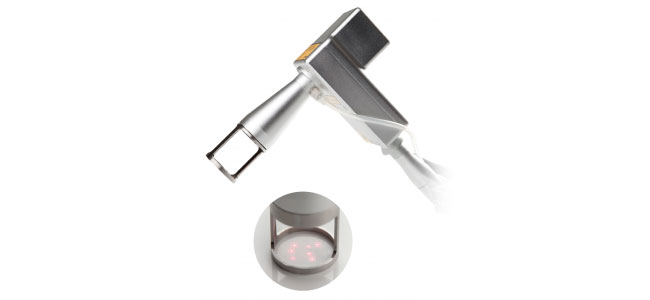What is lichen sclerosus?
The gynaecological laser is one of the references in regenerative and functional gynaecology and medicine, allowing us to restore tissues and thus also function. Lichen sclerosus is one of the clearest examples of this.
Lichen sclerosus, known until recently as lichen sclerosus et atrophicus, is a chronic skin inflammatory condition of unknown origin in which the skin clears, hardens and becomes dry, causing pruritus or intense itching.
As the disease advances, the skin experiences atrophy and retraction, thereby altering the normal anatomy of the vulva. The labia minora may even disappear, with burying or embedding of the clitoris and urethra. The entry to the vagina narrows and hardens, making penetration impossible.
All these changes have a functional impact in which itching progresses to pain in response to touch, pain during intercourse that starts to cause fear in the patient, and finally a total loss of libido.
It is most frequent in women in their fifties, though it may appear at any age and even in little girls.
Montserrat Albarrán Gómez - Doctoralia.es
What causes lichen sclerosus?
The origin of lichen sclerosus remains unclear.
Of the different theories, one of the most widely accepted refers to an autoimmune origin. Other causes are also contemplated, however, such as a hormonal origin, since the disorder occurs particularly at an age in which the estrogen levels are lower, as in childhood and in menopause. There also may be a genetic component.
The important consequence of not having a clear idea of the origin of the disease is that no etiological treatment is available.
The gynaecological laser for lichen sclerosus
Nowadays the most effective treatment option is the vaginal laser.

Gynaecological laser
Thanks to treatment with the CO2 laser, many women are able to recover their genital anatomy and sexual function.
The CO2 laser offers excellent results in application to a disorder as complicated as lichen sclerosus.
Tissue characteristics. Histology
Although lichen is not intrinsic to the vulva, it is very characteristic of the latter, and is possibly the most common dermatological condition in gynaecology.
The disorder must always be distinguished from other vulvar diseases characterized by similar symptoms, such as leukoplakia of any other origin, or squamous cell carcinoma of the vulva, to which lichen sclerosus is related. For this reason, a biopsy is needed to establish the diagnosis of lichen.
The most characteristic histopathological finding is an important inflammatory infiltrate and hyperkeratosis, with an increase in the keratinocyte layers of the epidermis that persists even in the more advanced phases of the disorder in which intense atrophy is observed.

Frequently asked questions
In regenerative and functional gynaecology and medicine there are other treatments that have also been shown to be effective in application to lichen sclerosus, and which are being used together with the laser. These treatments are plasma rich in platelet growth factors and hyaluronic acid infiltration.
All these treatments should be accompanied by topical therapy with a high potency corticosteroid such as clobetasol. If such measures prove ineffective because the patient is refractory to treatment or resistance has developed over time, other second-line options are available in the form of calcineurin inhibitors such as tacrolimus, which nevertheless are less effective and produce more side effects.
Artemédica, aesthetic, functional and regenerative gynecology center in Murcia.
The objective of this medical discipline is to improve the health, quality of sexual life as well as the aesthetics of the female intimate areas.





